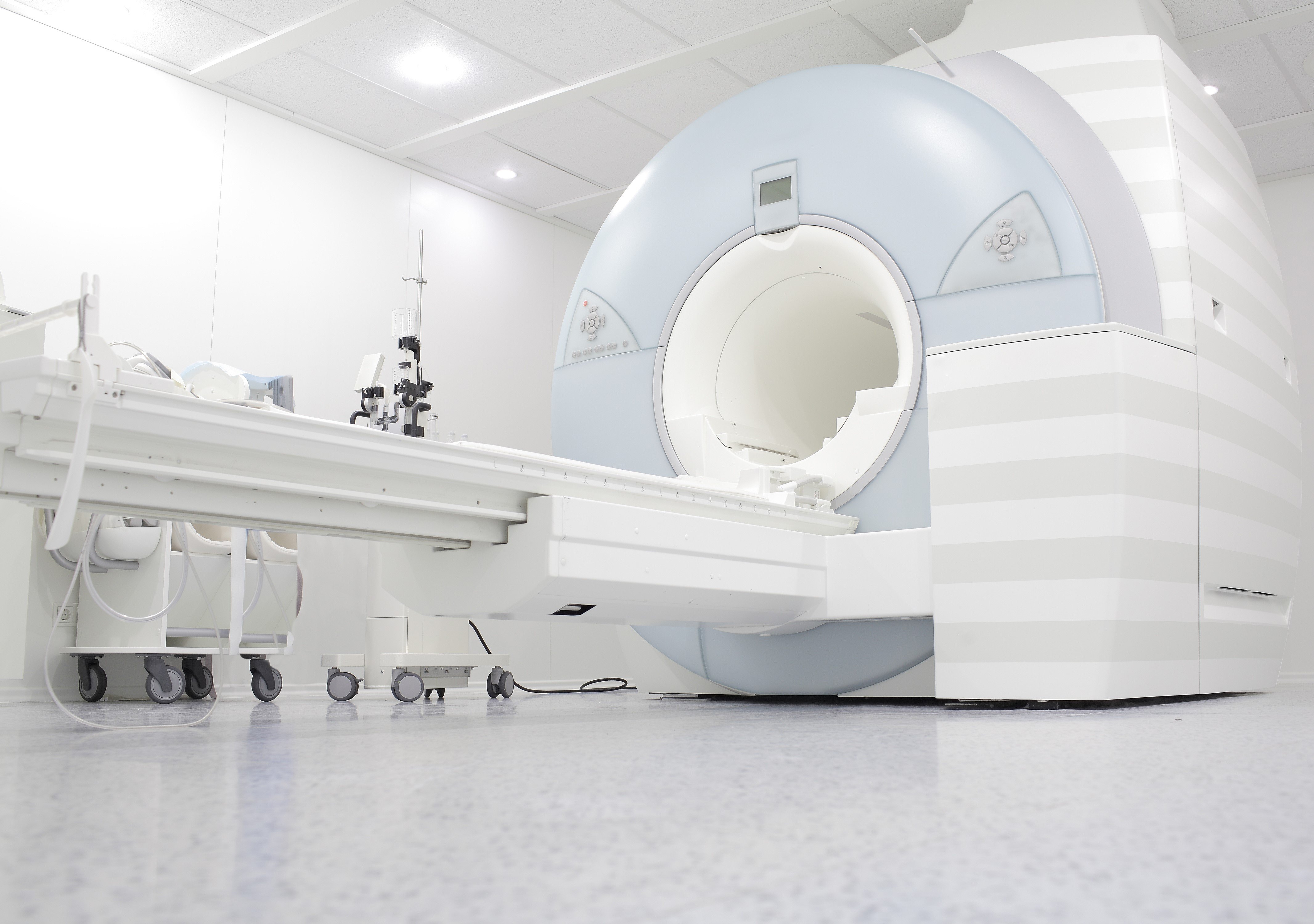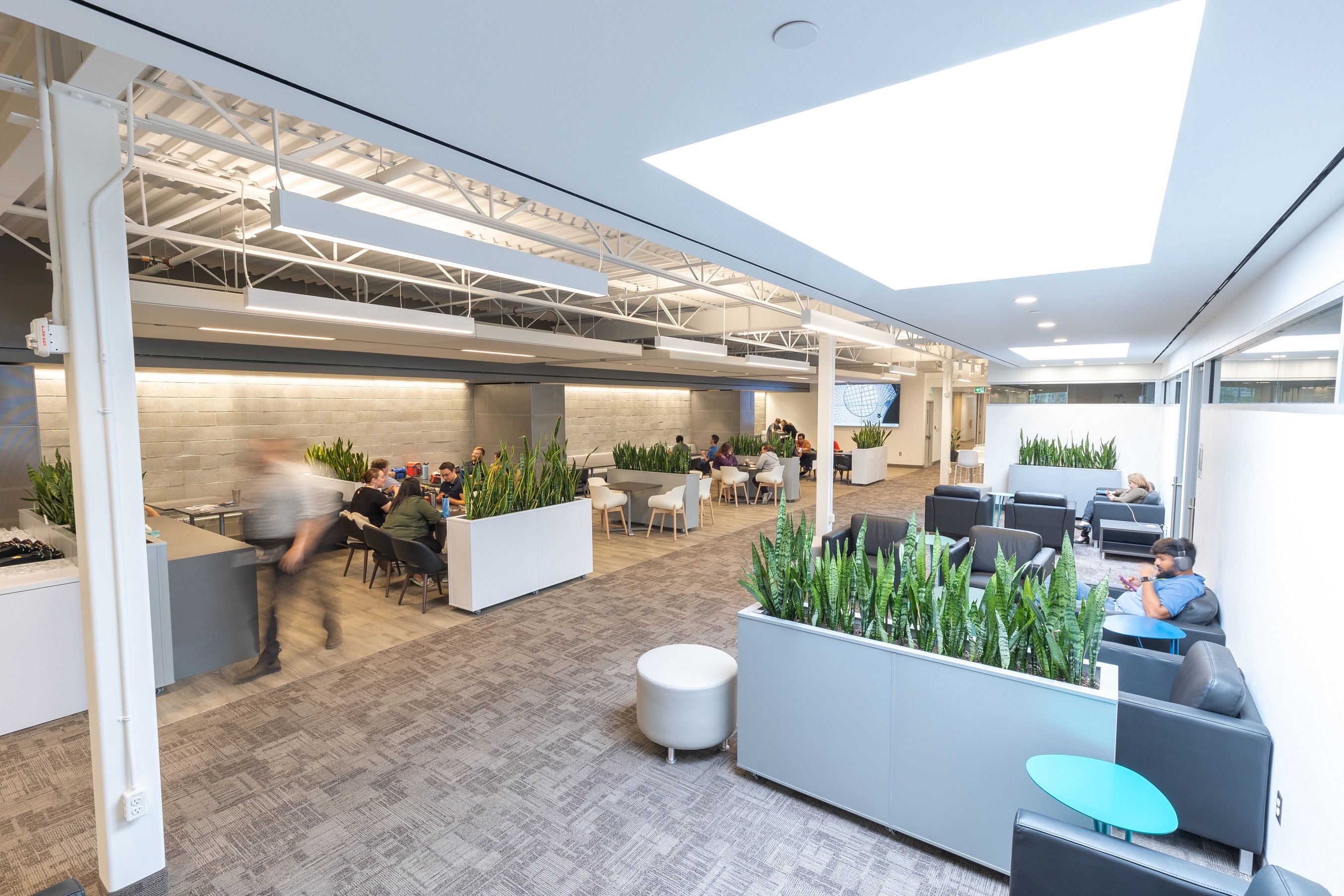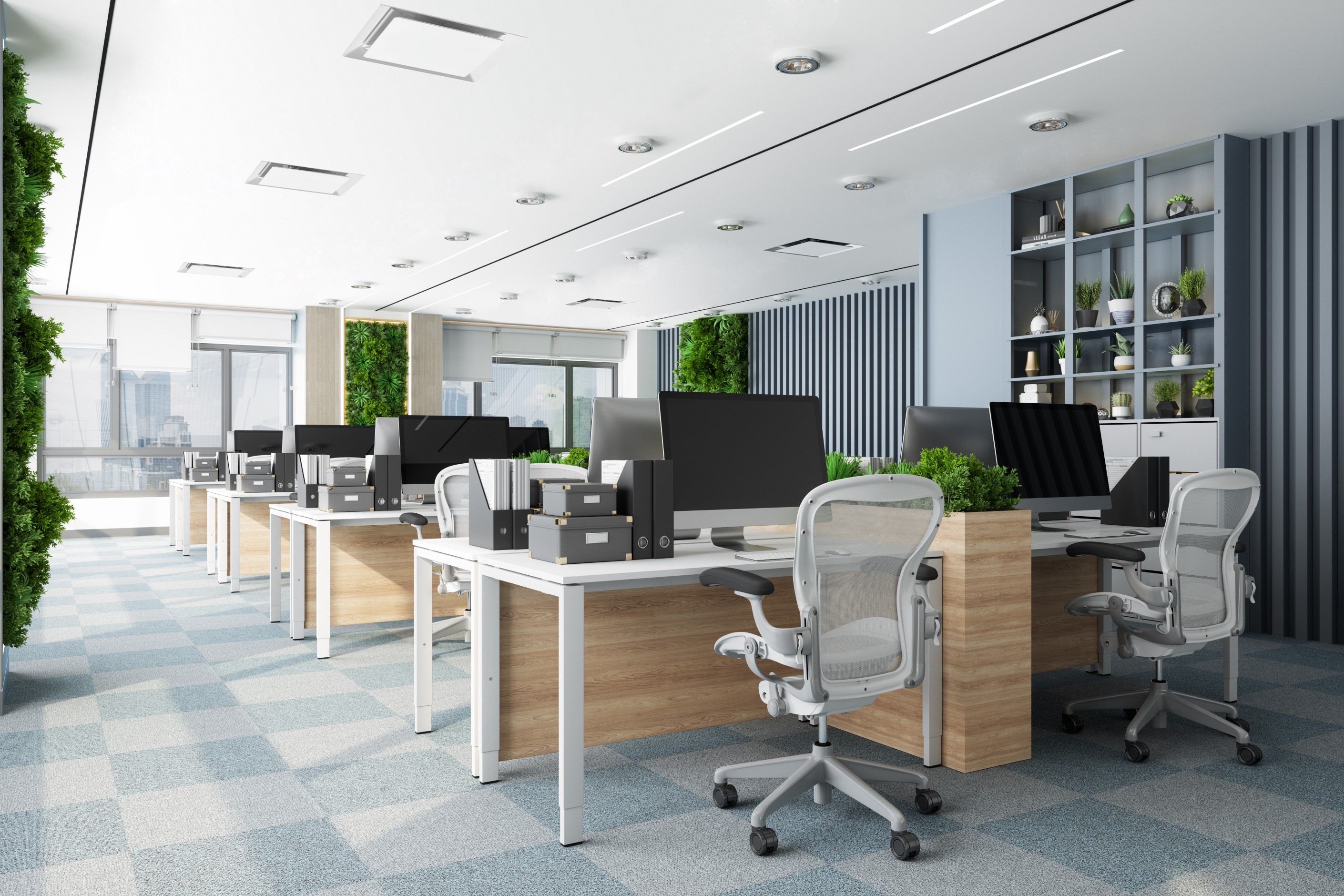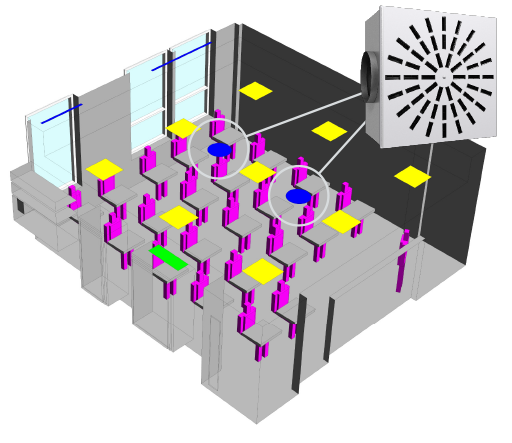Accessing Price Revit Content Is Now Easier Than Ever
To help simplify the design process for engineers and architects, Price has invested in supporting the way these designers already work. Many engineers and architects are now designing using Autodesk Revit software.
Read More
Topics:
GRD,
Diffusers,
Grilles,
HVAC,
Engineering,
Design Engineering,
Architecture,
Software
The Engineer’s Guide to MRI-Compatible Products
When it comes to selecting air inlets and outlets, magnetic resonance imaging (MRI) rooms need special consideration due to the unique equipment found in the room. MRI rooms, often referred to as magnet rooms, contain MRI machines that use powerful magnets to produce pictures of anatomy and physiological processes of the body. These magnets create a magnetic field, which makes the material choice of air inlets and outlets a key factor in the design of the air distribution system.
Read More
Topics:
GRD,
Diffusers,
Grilles,
HVAC Fundamentals,
HVAC,
Engineering,
Design Engineering
Renovated, Expanded Space Creates a Living Showroom
We are continually adding talented individuals to the Price team, and in 2018 it was clear that our office space at our headquarters in Winnipeg, MB, was bursting at the seams. Team members were sharing offices, working in hallways and competing for meeting room space. Plans for the expansion of the Golspie North production space were already underway, and it seemed like the perfect time to expand and renovate our offices.
Read More
Topics:
Noise Control,
Acoustic Panels,
GRD,
Diffusers,
Displacement,
HVAC Fundamentals,
Employees,
HVAC,
Engineering,
Design Engineering,
Architecture,
Critical Environments,
Filtration
Exploring the Inner Workings of Mechanical VAV Diffusers
In a previous blog post, we discussed variable air volume (VAV) diffusers and how these simple devices create small-zone comfort. VAV diffusers are available in two basic types: mechanical (thermal) and digital (electric). In this post, we take a closer look at the mechanical version, which requires no electrical or pneumatic connections and is powered by the temperature of the air.
Read More
Topics:
GRD,
Diffusers,
Thermal Comfort,
HVAC Fundamentals,
HVAC,
Engineering,
Design Engineering
A CFD Classroom Case Study
Obtaining efficient ventilation with overhead mixing systems for applications in heating climates can be a challenge. Not only does the positive buoyancy of the supply air work against the air distribution system, but most overhead mixing systems are designed with low supply air volumes (relative to cooling) and high supply air temperatures (more than 15°F above room temperature).
Read More
Topics:
GRD,
Diffusers,
HVAC,
Engineering,
Design Engineering,
ASHRAE 62,
CFD







